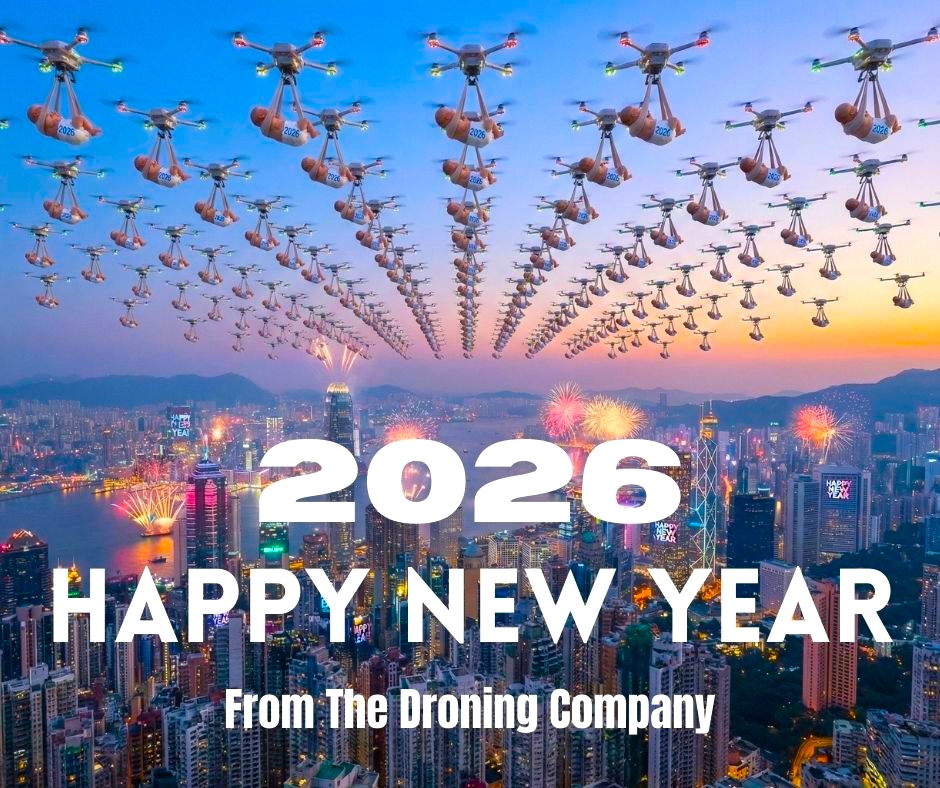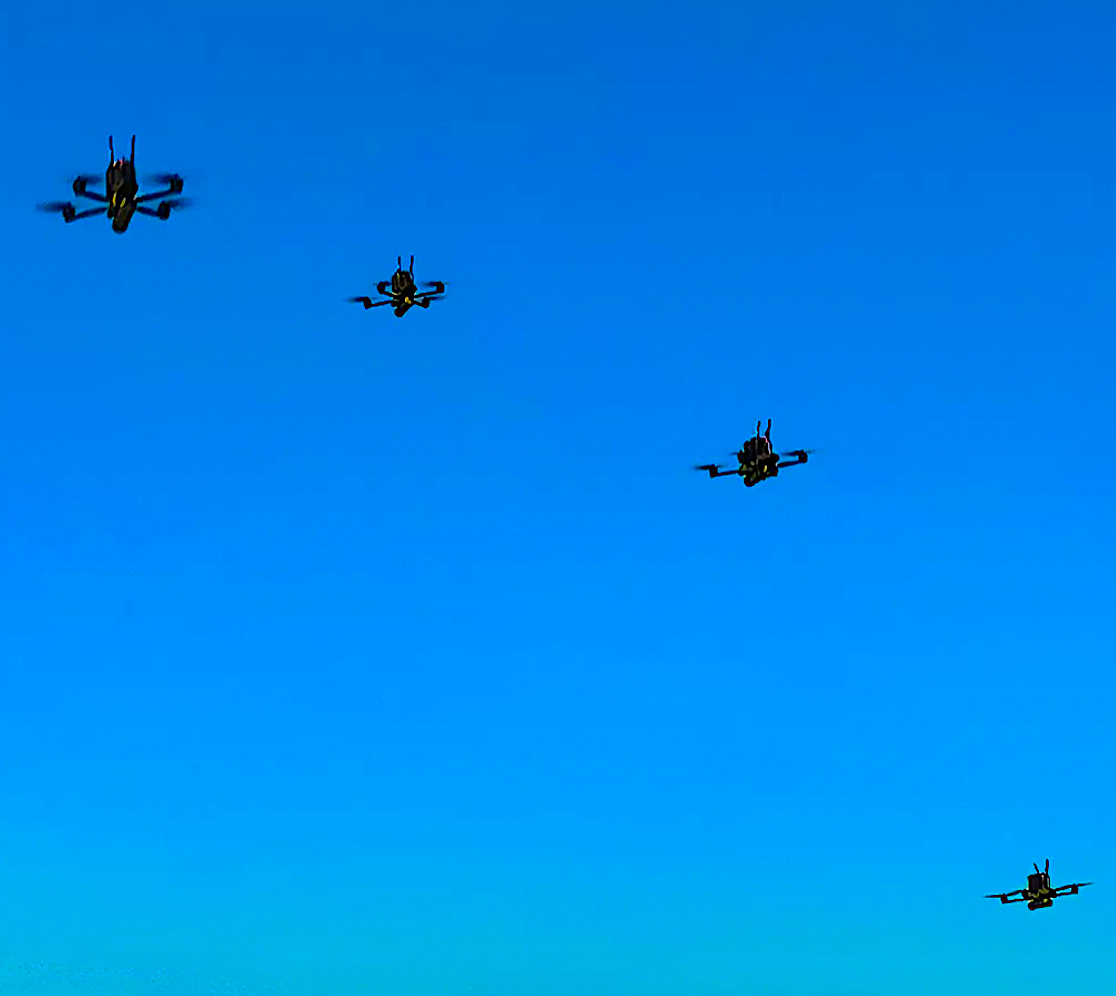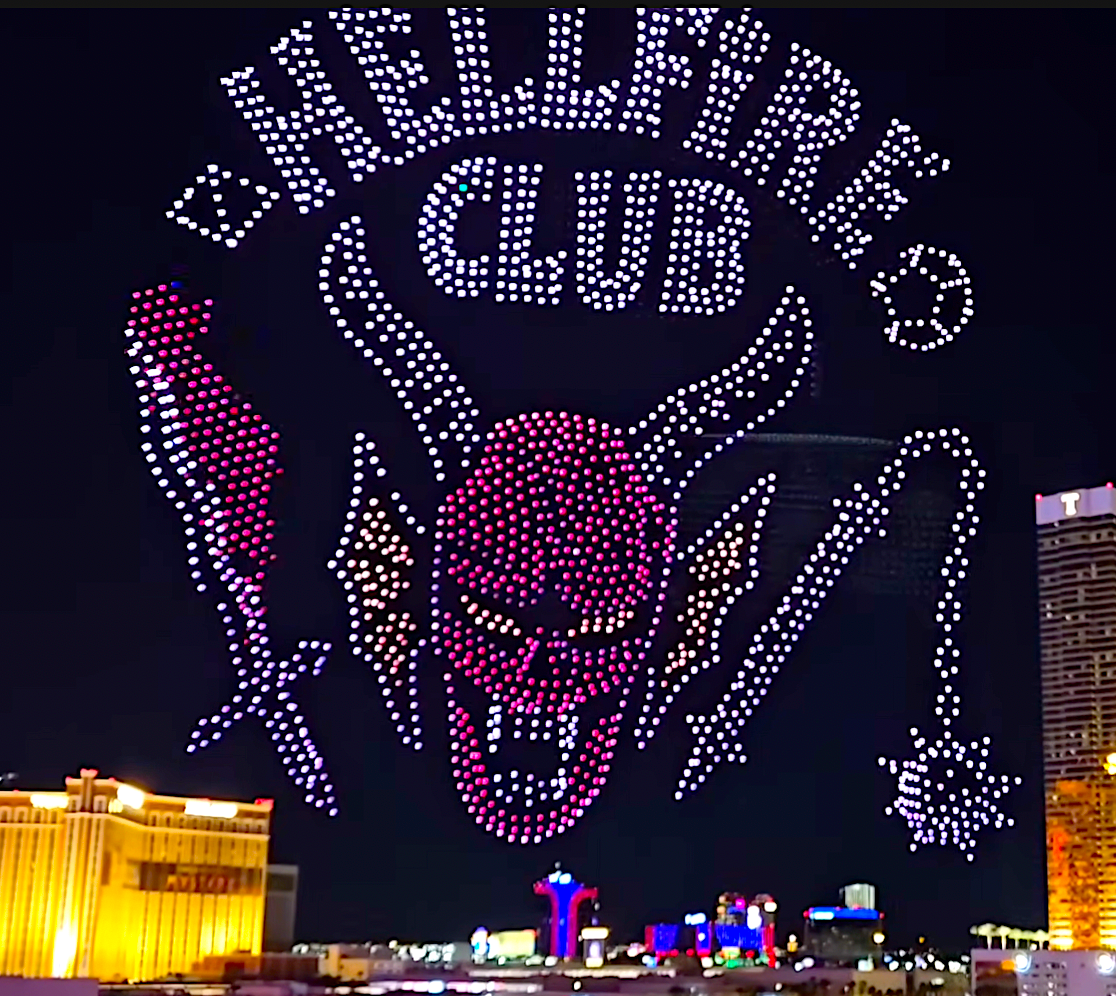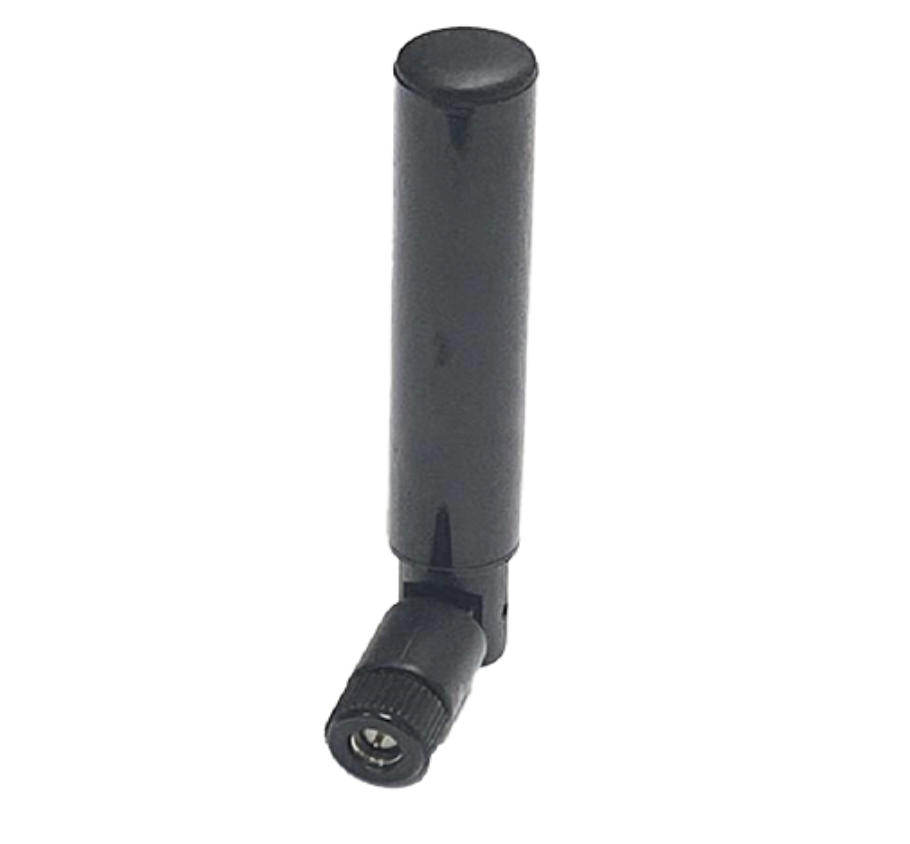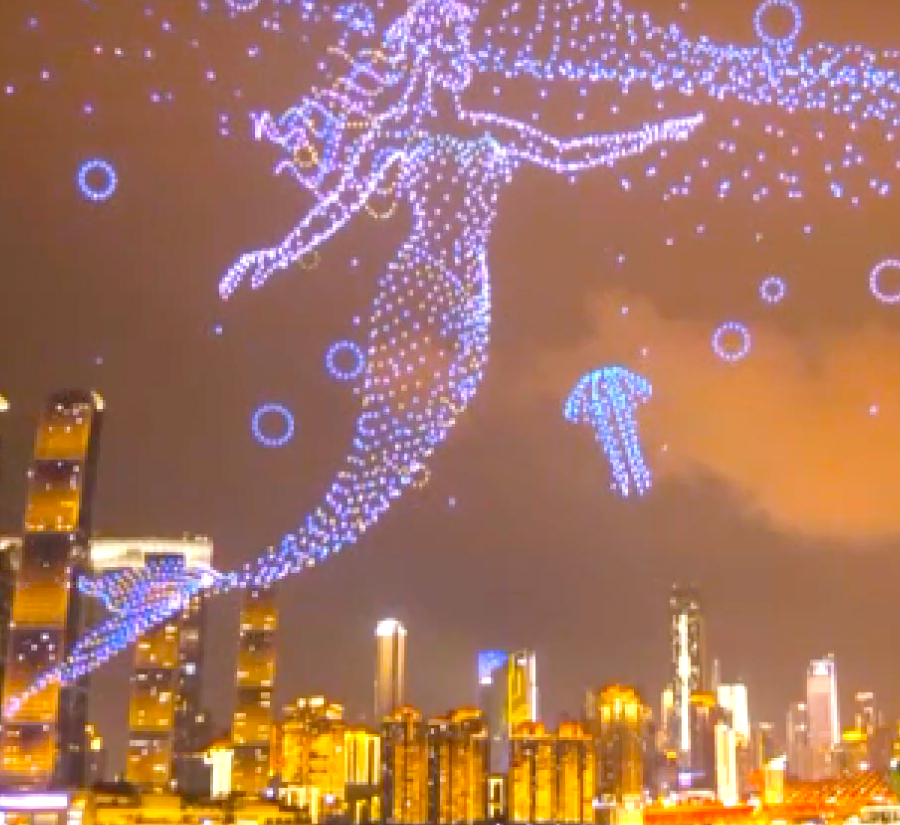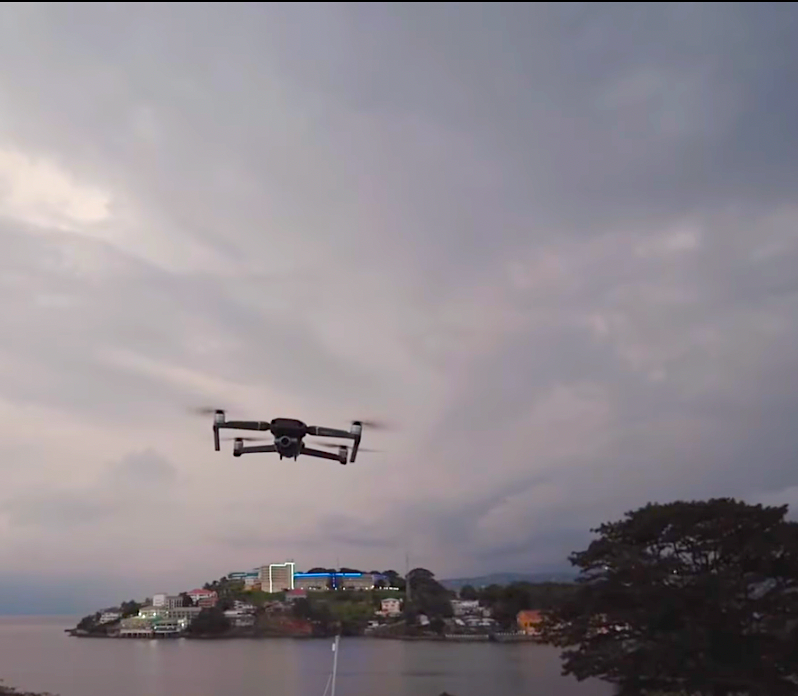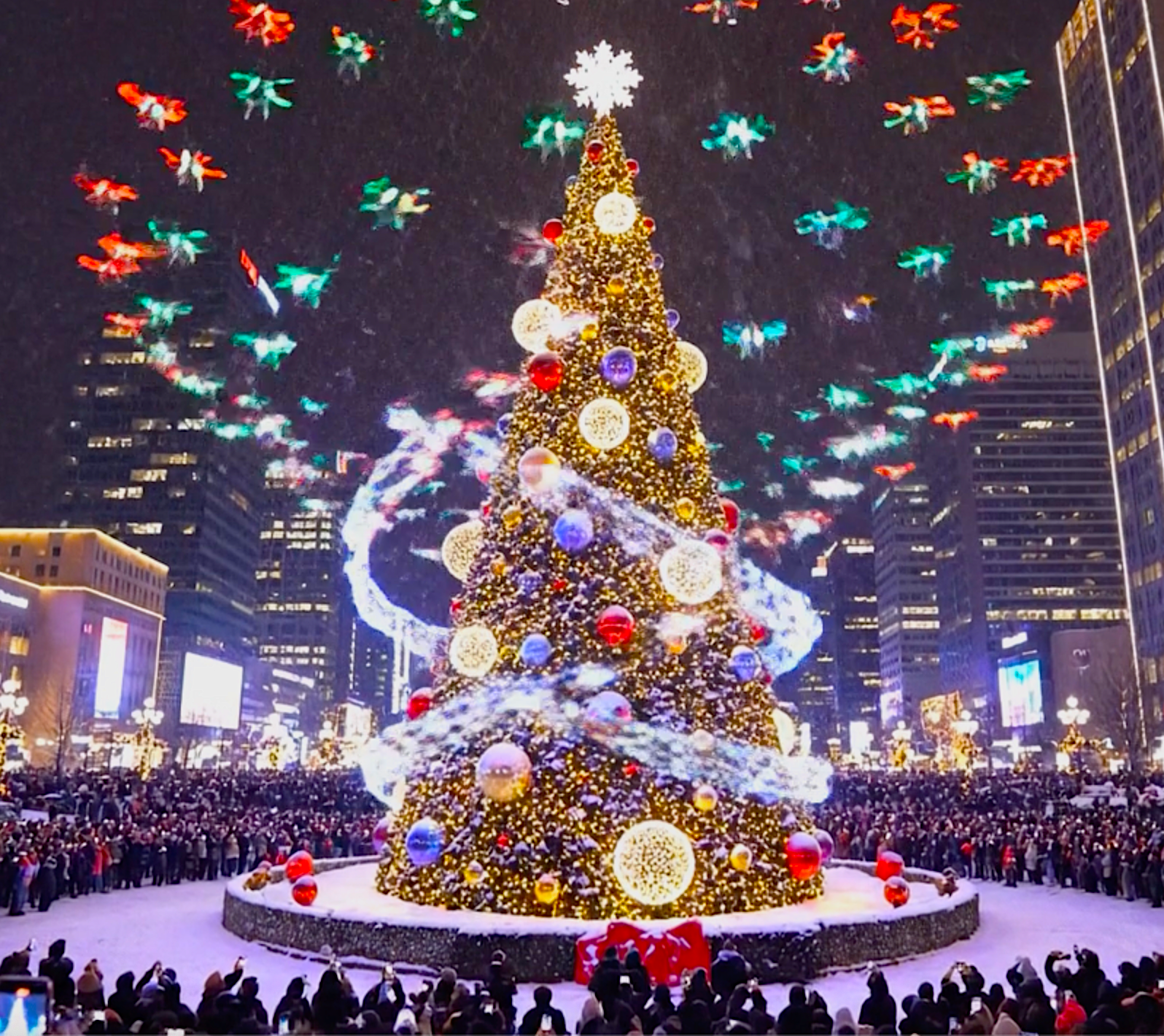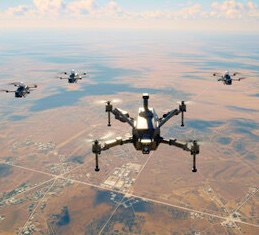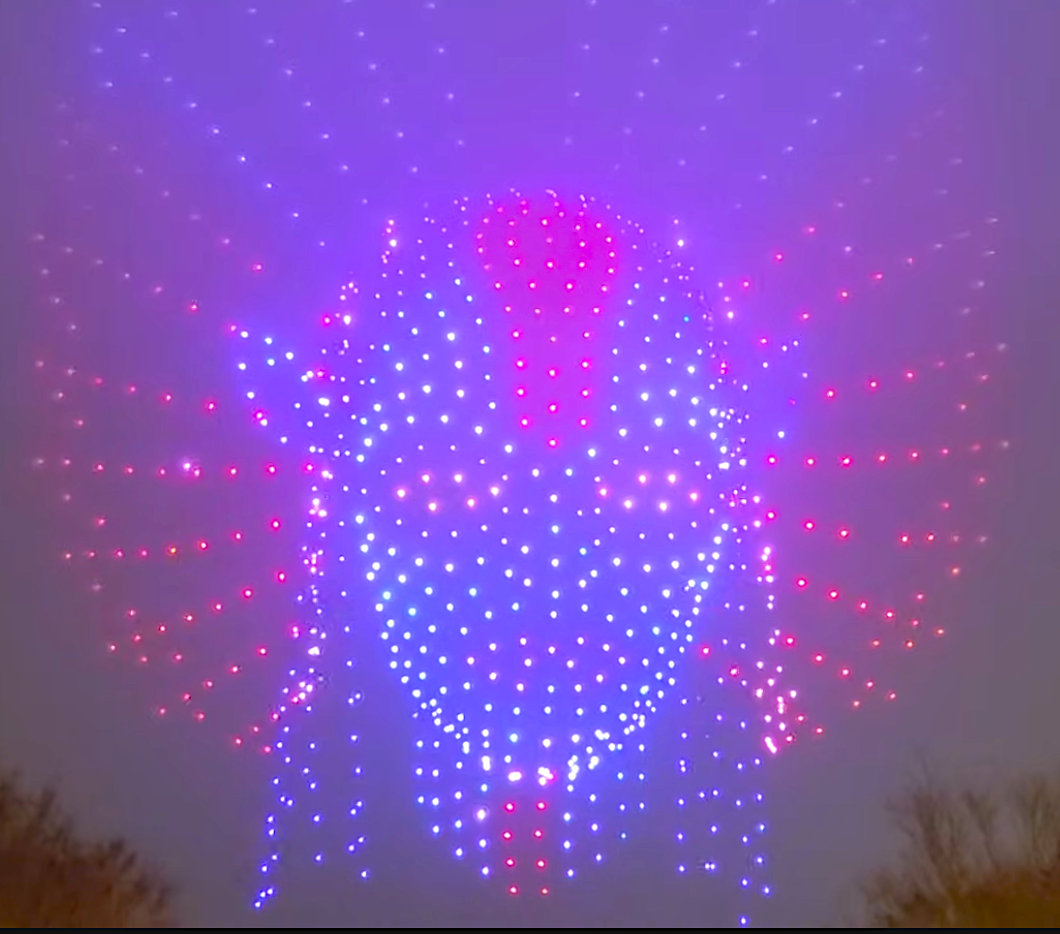Featured NewsFAA UpdatesFravels FootnoteChris FravelFAA Loopholes that Make Flying More Fun!
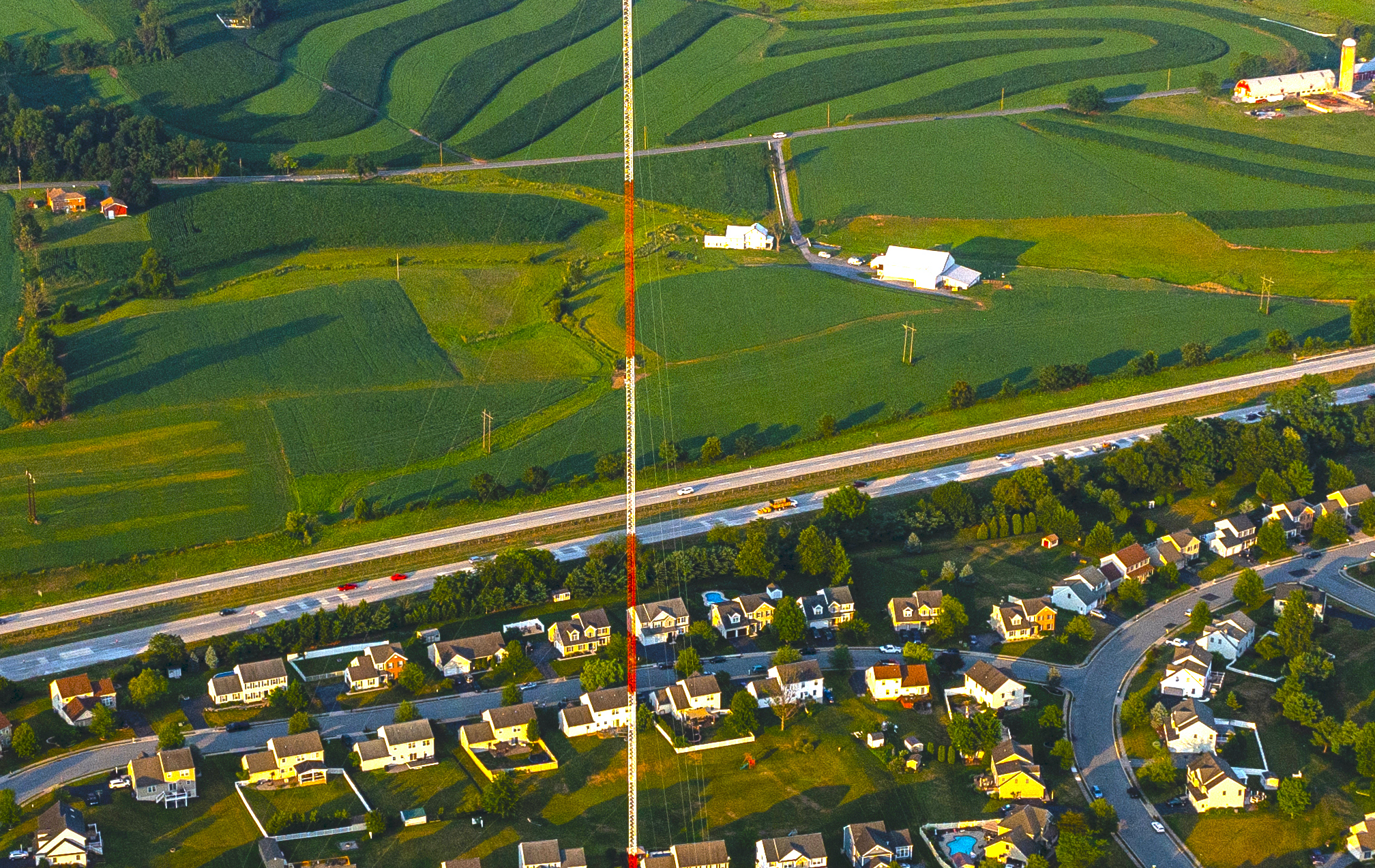
By Chris “The Drone Geek” Fravel
Allow me to begin this article by making it very clear: Every remote pilot, professional or recreational, should fly safely and in accordance with your country’s aviation administration’s rules and regulations. In this case we will be sticking to the rules and regulations put into place by the United States’ Federal Aviation Administration, henceforth referred to as the FAA.
Perhaps one of the most frustrating realities that all drone pilots face when first getting started is that there are rules for operating your unmanned aircraft. The baseline rules are simple and can be nicely condensed into the following bullet points:
- Do not exceed 400 feet AGL when flying your unmanned aircraft.
- Keep your drone within line of sight.
- Do not fly in restricted airspace.
- Obey the elevation and operation rules in controlled airspace.
- Do not fly near manned aircraft.
- Do not fly within 5 miles of an airport without proper authorization
- Do not fly over groups of people.
- Do not fly over stadiums and sporting events, including 1 hour before and after.
- Do not interfere with emergency response efforts such as a fire or police situation.
- Do not fly after consuming any alcohol or illegal substance for at least an hour.
Conveniently enough, I could only think of ten basic rules that every pilot should know, so let’s refer to them as the “10 Commandments of Drone Pilots.”
However, while the FAA is extremely explicit and thorough with the way it articulates rules to and for drone pilots, there are a number of “loopholes” both intentional and unintentional that allow pilots to bend the rules (responsibly) to enhance their flights in a way that flying strictly by the baseline commandments would not offer.
Again, I want to be extremely clear: The following loopholes are not meant or intended to encourage or instruct the reader on how to break FAA rules and regulations, but rather as a guide for how to safely and responsibly supersede rules and regulations that are in place for a unique flight experience. Let’s get started:
Aerial Sports Coverage via Drone
The FAA has a rule in place that prohibits the use of drones over or around sports venues up to one hour before the game or match begins and an hour after it concludes. This means that any drone operation that takes place within three nautical miles of the venue is subject to stiff penalties and fines from the FAA.
However, the rule itself is largely understood on a broad basis—meaning what events this rule applies to is not often fleshed out. If one takes a moment to search the FAA’s website about the specifics of this rule, they will find that it only applies to events with association to one of the following:
- Major League Baseball
- National Football League
- NCAA Division One Football (American)
- NASCAR Sprint Cup, Indy Car, and Champ Series Races
That’s it. This means that any other sporting event is fair game when it comes to flying your drone.
Now, it is still critical that a drone pilot follow those baseline rules for drone operation when flying around a sporting event not listed above (i.e. do not fly over people or crowds), but as long as no other rules for operation are broken, you can take full advantage of flying around your local college’s Division Three Lacrosse Match or your local high school’s baseball game. Just fly responsibly and watch out for a stray foul ball!
Flight vs. Operation Rules
When perusing drone forums and social groups I see people getting confused by the difference between airspace jurisdiction and ground jurisdiction. There is a huge difference and knowing that difference can help you to know how to fly your drone in areas that are posted as “no drone zones.”
The FAA is the only governing body in the United States that has the authority to tell a remote pilot where their drone can and cannot fly related to actual airspace. However, other governing and policing agencies and bodies are able to dictate where a remote pilot may launch, operate, and land their drone. It is obscure and not well articulated by the FAA in many cases, so here is an example:
In the state of Pennsylvania (where I am based) drones are largely prohibited from use within the boundaries of the State Park system. If I were to pack my drone bag up and drive to my nearest State Park right now to attempt a flight within the boundaries of that park, a park ranger would be well within their jurisdictional authority to force me to land and then issue me whatever fine or penalty they deemed necessary as a consequence. There would be nothing I could do about it after the fact. I’d have to accept and live with the punishment doled out by the Pennsylvania Department of Conservation and Natural Resources (DCNR).
However, if I packed up my drone bag and drove to that same State Park, but chose to launch, operate, and land my drone 20-feet outside of the boundaries of the park, there would be nothing that DCNR could do to stop me (assuming I was not breaking any rules and regulations put in place by the FAA which they could document and report to the FAA). I would be free to fly my drone over the park as much as I wanted and even go as low to the ground as I wanted and DCNR would have to allow it.
Why is that and what’s the difference?
The difference is all about where I launch the drone, where I stand while operating the drone, and where I land the drone. Every borough, town, city, park system, county, and state has their own rules about drone operations. It is important that you understand these rules before attempting a drone operation from within the boundaries of these various areas and fly according to them, as well as according to the FAA regulations in place for drone operations. If there is no rule against drone operations, then you are free and clear to launch, operate, and land your drone there as long as the airspace is also clear for flight!
Breaking the 400-Feet Glass Ceiling
More often than not, the hardline rule for maximum altitude of a drone is 400-feet above ground level (AGL). There are provisions for this rule that allow for momentary exceptions for this rule in the event of an emergency—such as avoiding a potential collision with a manned aircraft. The FAA will not (probably) get on you about going up to 500-feet if it was to make sure Bob’s Piper Cub didn’t take your drone to the windshield.
Outside of that though there is another provision that is much less high-risk and allows you to exceed that 400-feet limit during your drone operation for an extended period of time. When your drone is within 400 feet of a reasonably tall structure (like a skyscraper or cell tower), you are allowed to exceed the top of that structure by an additional 400-feet. I actually have hands-on experience with this provision where I was flying near a cell tower in Lancaster County. The tower itself was 800 feet, so I was able to put my drone up to 1,200 feet as long as I stayed within a 400-foot radius of the tower.
Here’s a Photo from that Flight
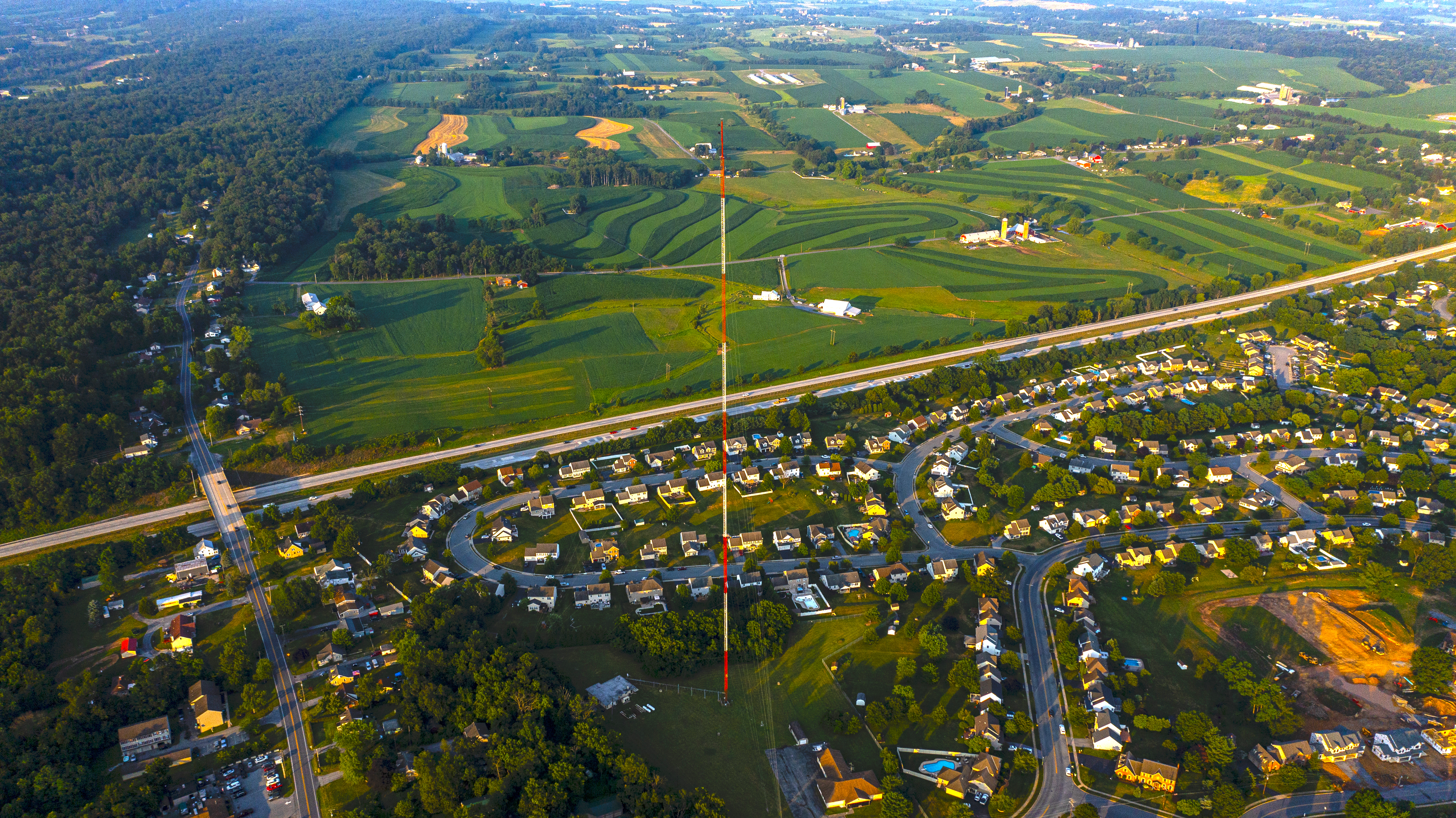
Not to beat a dead horse, but it is absolutely imperative that when utilizing this provision you are vigilant of manned aircraft in your area, as well as following all of the pertinent rules and regulations put in place by the FAA. Having your drone that high means it is dealing with a potentially much more volatile wind factor and will be much harder to see with the naked eye. Fly responsibly and enjoy this one!
Doing Whatever You Darn-Well Please
What? I’ve been harping on the fact that you should always fly according to the FAA’s rules and regulations this entire article and now I have a section encouraging you to do whatever you want? Yes.
What if I told you that there is a very particular circumstance where you can fly your drone however you like without the threat of penalization by the FAA? Would you be interested in knowing how? Of course you would! We all would.
While the FAA is reasonable with most of its rules and regulations, who hasn’t had to miss out on the perfect sunset or landmark shot because of a temporary flight restriction or denial of airspace authorization from LAANC? All of us have gone through it at least once.
The way that you avoid the FAA coming down on you with any level of infraction is to fly inside. I know, that doesn’t necessarily help you capture the perfect sunset or a shot of a landmark inside a National Park, but it does give you a lot more creative leeway when it comes to how you fly your drone!
A prime example is from a recent viral video where a remote pilot flew their cinewhoop drone through a bowling alley. When you are not flying within the actual airspace governed by the FAA, you are not bound to its rules and regulations. Being under a roof and within a set of walls exempts any and all drone operations from the scrutiny of the FAA.
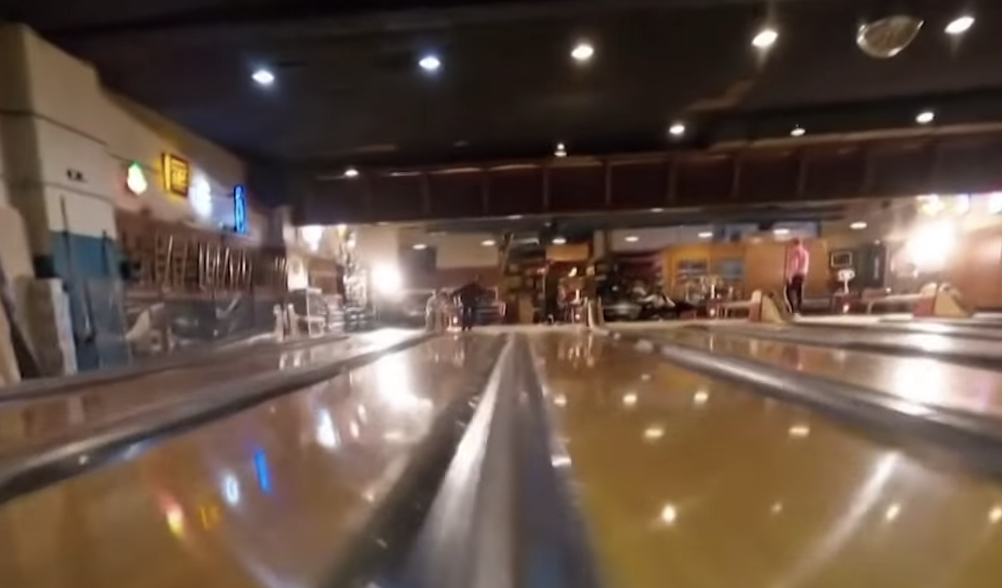
Wrapping Up
Again, it is super important to always fly according to the rules and regulations put in place by the FAA for remote pilots. They aren’t there to make your life harder or to make you miserable. They’re in place to avoid catastrophe and to protect people, wildlife, and the environment from damage caused by an arrandt UAV. However, knowing where you can bend the rules or take advantage of a provision within the rules empowers you to get the most out of your drone and to take your operations to the next level.
Enjoy these loop-holes in your future flights and remember to always fly responsibly!
